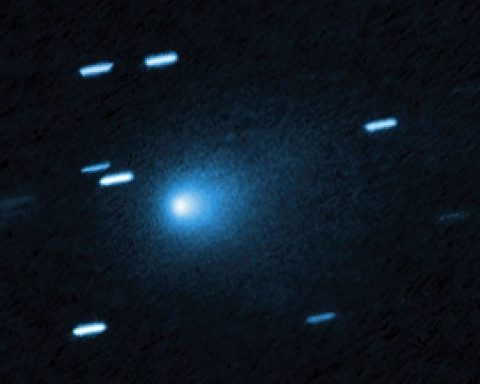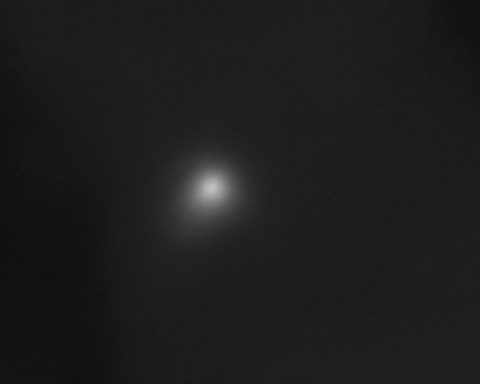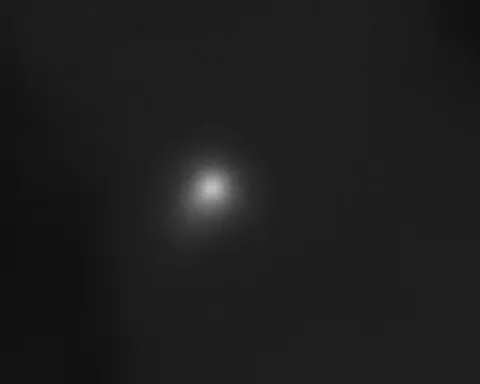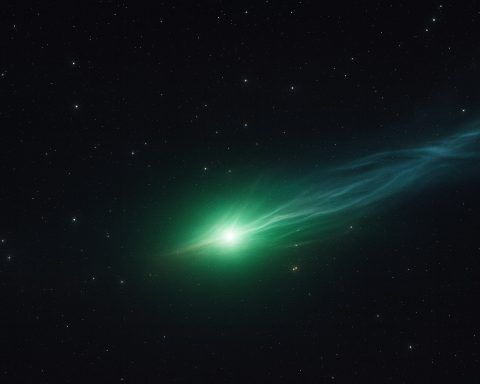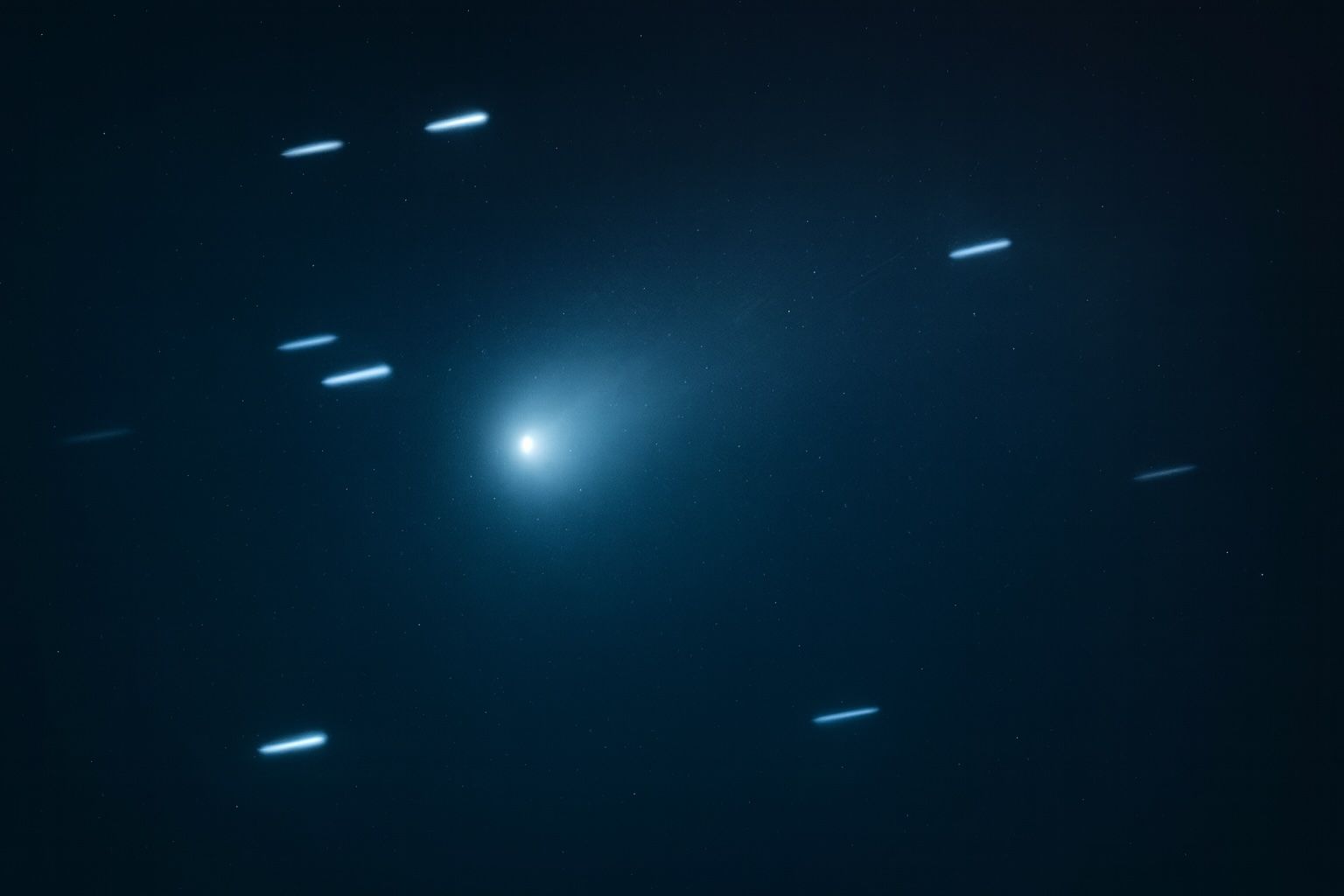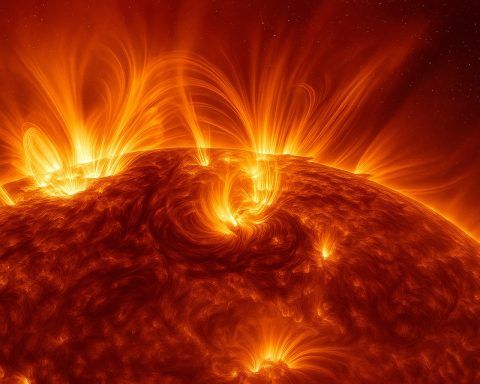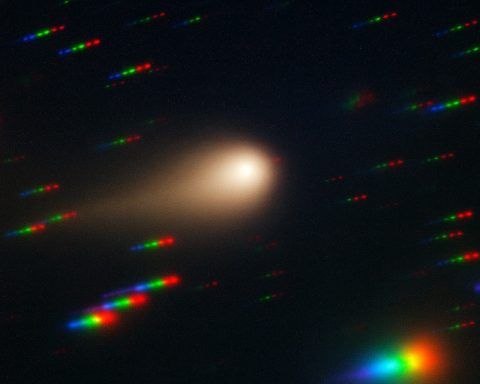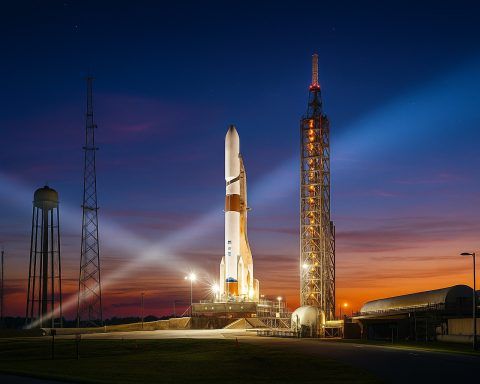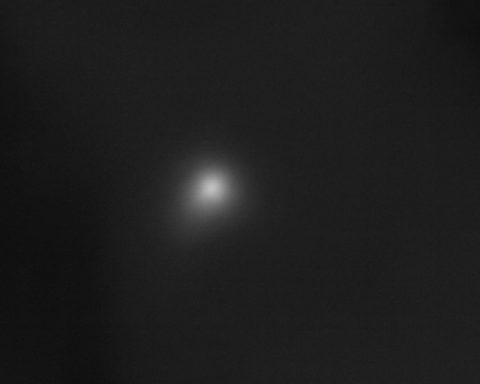
3I/ATLAS Interstellar Comet: UN Planetary‑Defence Campaign Begins as Mars Data Sharpens Its Path
On 27 November 2025, interstellar comet 3I/ATLAS hits a major milestone in its brief visit through our Solar System. The United Nations’ planetary‑defence network is officially turning the comet into a live global drill, while new data from spacecraft around Mars has tightened its predicted
